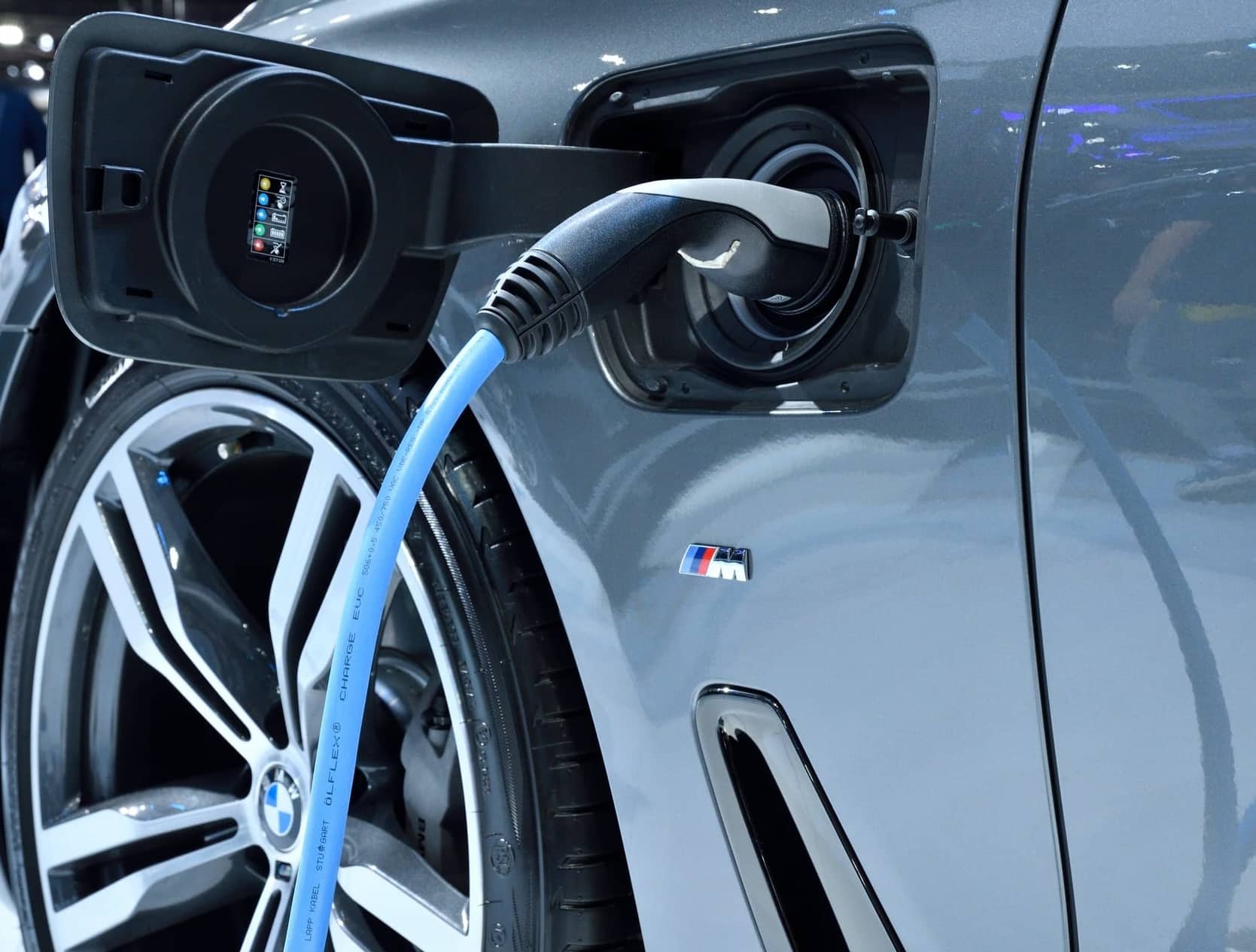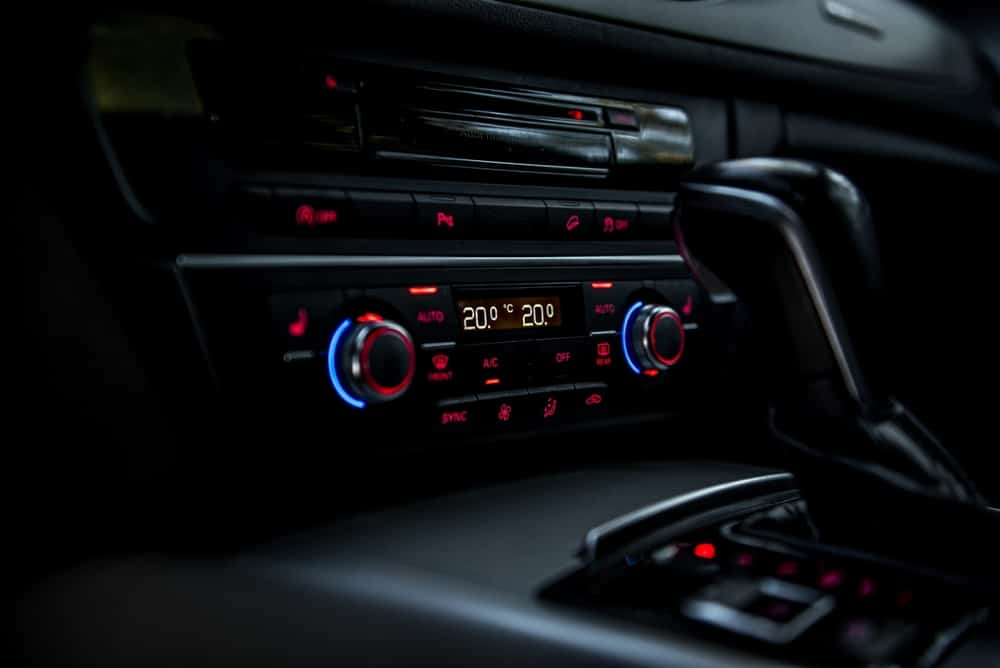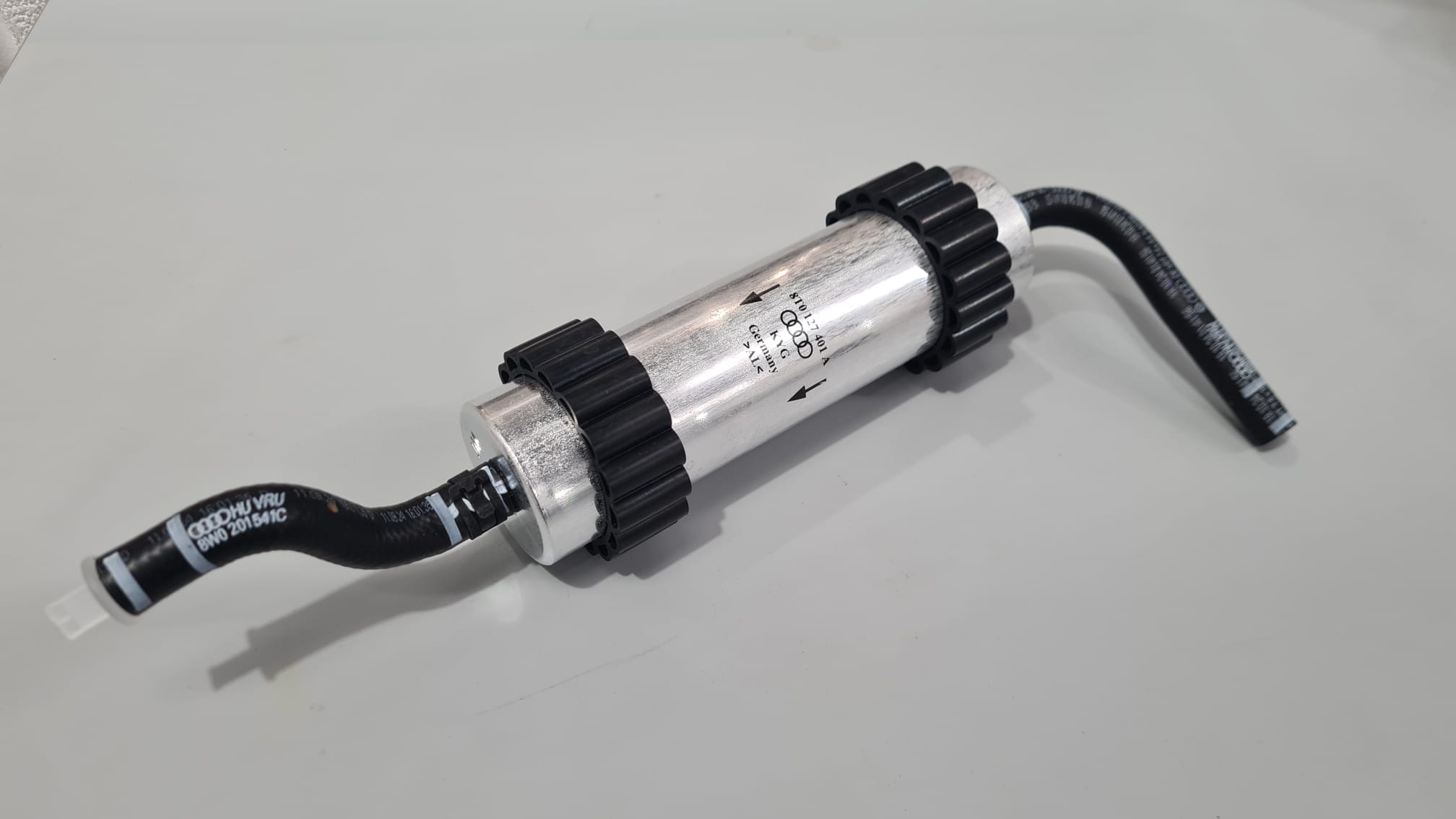BMW Charging Fault
“Your electrical machine electronics (EME) unit has failed. Unfortunately, it must be replaced, and the total work, including parts and labour, will amount to £9,500.”
That was the tough message Mrs D received from her BMW dealership when she sought help with her 2020 BMW 5 Series 530e Plug-In Hybrid. For any motorist, being told that kind of figure is hugely stressful. Mrs D wasn’t even sure how she’d meet that sky-high bill.
Unfortunately, her BMW was already showing major issues. Heating and air conditioning had stopped working, and the charging system was no longer charging the high-voltage battery. As each day passed, the car became an increasing concern for this worried driver.
That’s when Mrs D struck gold. Instead of agreeing to the dealer’s costly recommendation, she took her car to Ystrad Service Centre in Ystrad Mynach, who serve customers around the Caerphilly and Cardiff areas. For our team of BMW specialists, this wasn’t the end of the story — it was the start of a challenge we were ready to tackle head-on.
Want to see how our BMW experts carried out a precise repair that gave Mrs D’s BMW a new lease of life? One without the crippling cost of a full replacement? You’re in the right place…
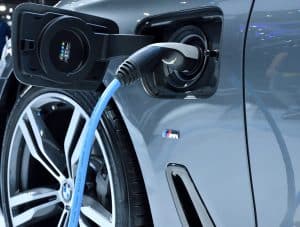
Digging Into the BMW Charging Fault for a Cardiff Driver
We began with a conversation with Mrs D, who gave us the history of how the problems developed, which symptoms came first, what steps had already been taken and what had been recommended by the dealership. This ensured we weren’t looking at the car without context, as it’s important to us to understand the car’s history.
Next, we connected our dealer-level diagnostic equipment and retrieved the logged codes. Several stood out, including:
- 21E720 – Charging electronics fault: This code indicates a lost connection between the charging electronics and the control unit. Because of that interruption, the system was unable to carry out charging, preventing the high-voltage battery from being replenished as intended.
- 80120E – Electric A/C compressor undervoltage/overvoltage: The A/C compressor was shutting itself down because the supply voltage feeding it was unstable — either falling below or rising above the correct specification. Without a stable voltage, the compressor could not run safely.
- 8011C4 – A/C compressor voltage sensor fault: The voltage sensor built into the compressor was reporting incorrect values. These false readings disrupted how the compressor operated and gave inaccurate feedback to the vehicle’s control systems.
- 030ECD / 030EC1 – Charging management errors: The BMW’s charging management system identified that it could not safely oversee the charging process. This meant the high-voltage battery could not be replenished correctly or reliably.
Taken together, these codes revealed that several major high-voltage systems — the charging, heater, and air conditioning — were all being disrupted.
Interestingly, each of them was controlled by the electrical machine electronics (EME) unit, which the dealer had already suggested replacing. For us, this wasn’t a conclusion, but a lead pointing towards an issue with electrical distribution. This gave us confidence that we were looking in the right place, and to undertake more in-depth testing to uncover the real cause.
Going Beyond the First Diagnosis of the BMW Heater Fault
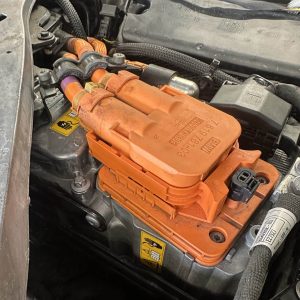
Using Wiring Diagrams
Because the initial fault codes were tied to high-voltage supply lines, the next step was to consult BMW’s official wiring diagrams. These diagrams are essentially electrical maps, showing how every component is connected and where voltage should be present under normal conditions. They gave us the framework needed to understand how the faults might be linked.
Checking the Evidence
From there, we studied the serial data streaming from the high-voltage components. This confirmed that the A/C compressor wasn’t receiving any supply at all. That finding ruled out the compressor itself as the problem. Instead, no voltage was leaving the EME unit to feed the circuit. The wiring diagrams also showed that the charging system, PTC heater, and climate control all drew from this same supply line, which was safeguarded internally by a single high-voltage fuse inside the EME unit.
Applying Our Own Test Plans
To dig deeper, we turned to our in-house high-voltage test plans, specifically developed for hybrid and electric vehicles. These aren’t routine checks — they are detailed procedures that allow each high-voltage component to be assessed safely under controlled conditions. Handling such systems carries serious risk, so this stage can only be carried out by certified high-voltage technicians. The benefit is accuracy: it ensures we can pinpoint faults that standard tests might overlook.
Digging Into the EME Unit
Rather than defaulting to a full replacement of the EME unit, as the dealer had suggested, we stripped it down to component level. Inside, we discovered that the high-voltage fuse had blown. A fuse very rarely fails in isolation; more often, it indicates that another part of the circuit has demanded too much current. In this case, the fuse had done its job of protecting the rest of the system, but it also told us to keep digging.
Isolating the Culprit
Each part of the affected circuit was then tested one by one — from the wiring harnesses to the A/C compressor, the onboard charger, and finally the PTC heater. The heater readings stood out immediately. Its resistance was far too low, showing it was pulling excessive current and had overloaded the fuse. Using detailed calculations, we were able to confirm the diagnosis with certainty.
Together, these steps showed that the real fault was not the entire EME unit, but a blown fuse triggered by a failed PTC heater. By uncovering this connection, we could move forward with a targeted repair rather than an unnecessary full replacement.
The Fix: Rebuilding the EME Unit and Installing a New Heater
Once the root cause of the issue was identified, the repair could take place:
- Replacing the fuse: Since BMW does not manufacture the high-voltage fuse separately, we sourced the correct specification part through our supplier network. The EME unit was dismantled, fitted with the new fuse, and rebuilt to BMW’s standards.
- Installing the PTC heater: The faulty PTC heater was removed, and a high-quality replacement was installed, restoring the high-voltage circuit to safe operation.
- Final safety checks: The rebuilt unit was tested in full with specialist high-voltage diagnostic tools. These confirmed that the supply was restored, the systems were operating within specification, and the battery could once again be charged correctly from the mains.
The Positive Results for Mrs D and Her BMW
The difference after repair was immediate. Heating was back, the air conditioning system worked as intended, and the charging system once again replenished the high-voltage battery. What had been a car edging closer to being unusable was restored to full performance.
For Mrs D, this meant much more than a working heater or functioning charger — it meant peace of mind. Instead of being left with a car that seemed beyond help, or paying £9,500 for a replacement EME unit, she now had a BMW she could rely on. The turnaround was the product of persistence, careful testing, and specialist expertise in high-voltage repairs.
Using our BMW knowledge, custom diagnostic test plans, and certified high-voltage skills, we carried out the repair at component level rather than replacing the whole unit.
The outcome was a BMW that had been fully restored, and a customer who drove away confident in both her car and the independent garage she had chosen.
Why Cardiff and Caerphilly Drivers Choose Ystrad Service Centre
When this complex BMW fault arrived with us, our technicians brought their full expertise to bear. In-depth diagnostics that examined every possibility, determination to trace the underlying cause, and the ability to repair at component level all worked together to give Mrs D the outcome she needed.
It’s this commitment to accuracy that sets Ystrad Service Centre in Ystrad Mynach apart. We don’t just fit new parts at high cost — we identify the true issue and provide a repair that makes sense for both you and your vehicle.
Here’s what you can expect from us:
- Savings on inflated dealership bills
- Dealer-level equipment and specialist knowledge
- Straightforward, honest explanations
- High-quality repairs for all makes and models
- …All protected by a 12-month parts and labour guarantee
We’re proud of the results we achieve. We have a {{average-rating}} star Google rating from {{review-count}} satisfied customers.
Call Ystrad Service Centre today on 01443 540460. Because your BMW deserves the best, and that’s exactly what we deliver, every time.
